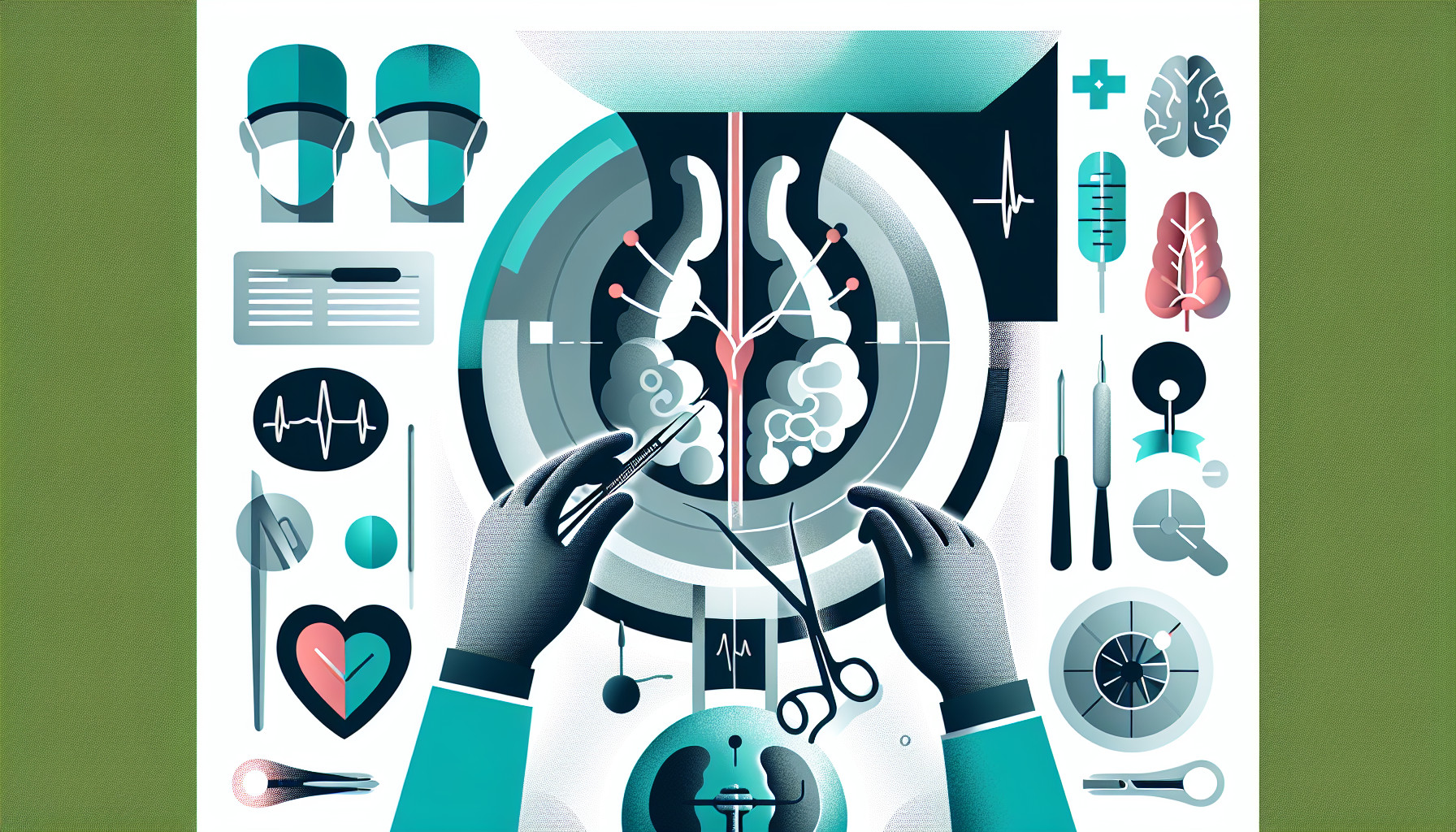Our Summary
This research paper delves into the development and history of penile prosthetics. A penile prosthesis is a device that is implanted into the penis to treat erectile dysfunction or other penile disorders or injuries. The paper traces the evolution of these devices, from rudimentary early versions to the sophisticated prosthetics available today. It likely discusses different types of penile prosthetics, their benefits, drawbacks, and the surgical procedures associated with their implantation.
FAQs
- What is penile implant surgery?
- What is the history of penile prosthesis development?
- What are the key terms related to penile implant surgery?
Doctor’s Tip
After penile implant surgery, it is important to avoid heavy lifting and strenuous physical activity for at least 4-6 weeks to allow proper healing. Follow all post-operative instructions provided by your surgeon to ensure a successful recovery and optimal function of the implant. Remember to communicate any concerns or questions with your healthcare provider throughout the healing process.
Suitable For
Penile implant surgery is typically recommended for patients who have erectile dysfunction that has not responded to other treatments such as medication or vacuum devices. This may include patients with conditions such as diabetes, hypertension, or vascular disease that have led to severe erectile dysfunction. Additionally, men who have had prostate cancer surgery or other treatments that have caused erectile dysfunction may also be candidates for penile implant surgery. Ultimately, the decision to undergo penile implant surgery should be made in consultation with a healthcare provider who can assess the individual patient’s needs and recommend the most appropriate treatment option.
Timeline
Before penile implant surgery:
- Patient consults with a urologist to discuss erectile dysfunction and potential treatment options.
- Urologist conducts a physical exam and may recommend non-invasive treatments such as medications or vacuum devices.
- If non-invasive treatments are not successful, urologist discusses the option of penile implant surgery with the patient.
- Patient undergoes pre-operative testing and evaluation to ensure they are a suitable candidate for surgery.
- Patient receives instructions on how to prepare for surgery, including fasting and stopping certain medications.
After penile implant surgery:
- Patient undergoes the surgical procedure to implant the prosthetic device, which typically takes 1-2 hours.
- Patient stays in the hospital for observation and pain management for 1-2 days.
- Patient is instructed on post-operative care, including wound care and restrictions on physical activity.
- Patient may experience temporary swelling, bruising, and discomfort in the surgical area.
- Patient follows up with the urologist for post-operative appointments to monitor healing and ensure proper function of the implant.
- Patient may need to adjust to the new device and may require assistance in learning how to operate it.
- Patient can resume sexual activity once cleared by the urologist, typically 4-6 weeks after surgery.
What to Ask Your Doctor
- What are the potential risks and complications associated with penile implant surgery?
- How long is the recovery period after the surgery?
- Will I still be able to achieve an erection without the implant after the surgery?
- What is the success rate of penile implant surgery?
- How long will the implant last?
- Will there be any changes in sensation or orgasm after the surgery?
- Are there any lifestyle changes or restrictions I need to be aware of after the surgery?
- How soon after the surgery can I resume sexual activity?
- What type of implant do you recommend for me and why?
- Are there any alternative treatments to consider before opting for penile implant surgery?
Reference
Authors: Carrion H, Martinez D, Parker J, Hakky T, Bickell M, Boyle A, Weigand L, Carrion R. Journal: Sex Med Rev. 2016 Jul;4(3):285-293. doi: 10.1016/j.sxmr.2016.05.003. Epub 2016 Jun 14. PMID: 27871961
